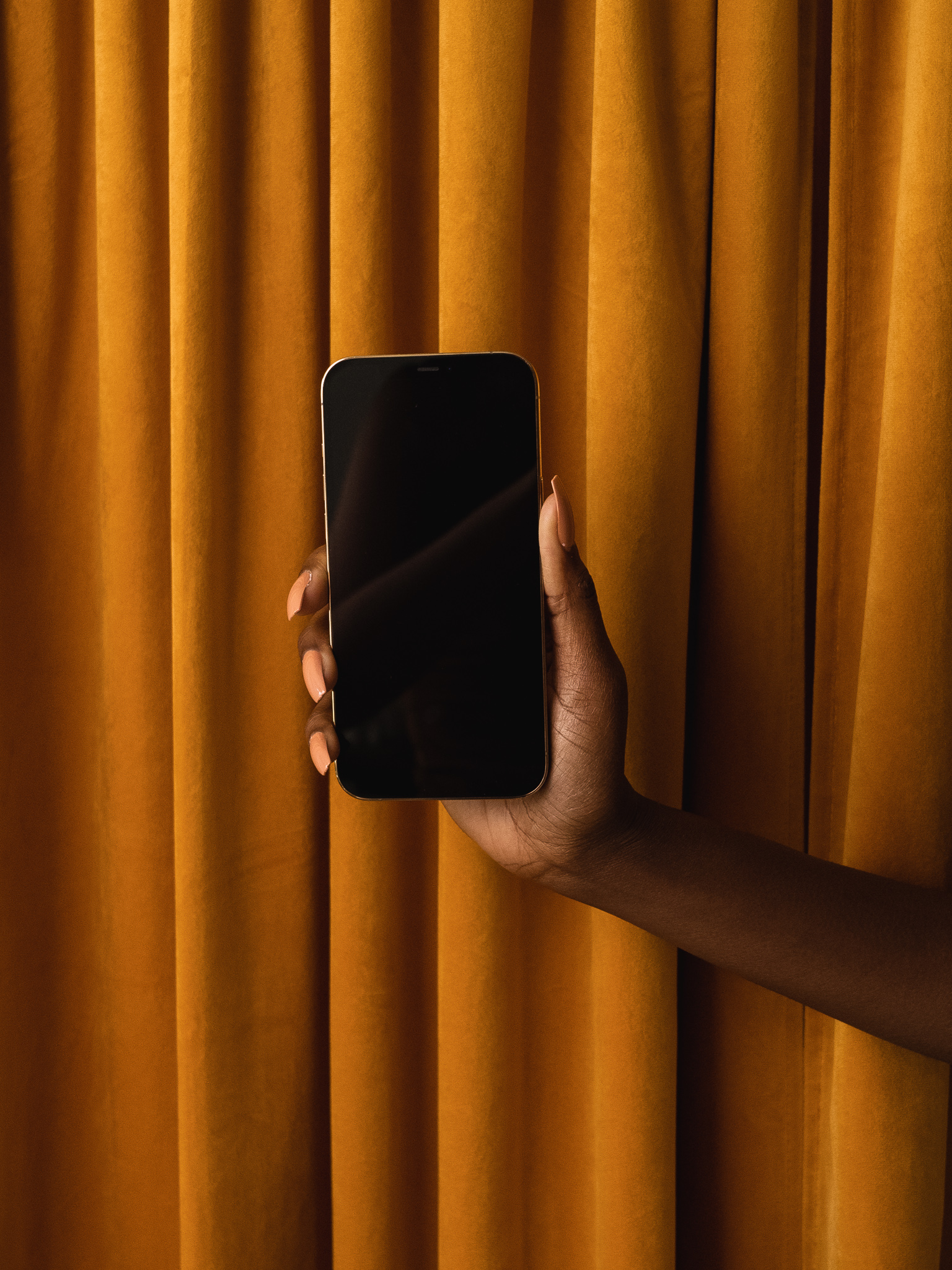Did you know that 80% of social media viewers,
from Instagram to TikTok, use their phone to browse through these platforms? This should come as no surprise — considering those stereotypes of modern youth that can’t seem to pay attention to anything but their phones — but whether you love it or hate it, it’s safe to say that people’s fascination with social media isn’t going anywhere anytime soon. In fact, it’s only on the rise: vertically.
Because of this, marketers and content creators are making vertical video content more than ever before as to grab the attention of their audience that spend upwards of 4 hours daily scrolling through their vertical feeds for entertainment, information, or inspiration. There are stats to prove that vertical video performs better than the average square video, getting about 6% more three-second views and 187% more users watching at least half the video, according to a test by Buffer. Additionally, Covideo has already reported that you can reach 58% more individuals with vertical video content.
When it comes to social media royalty, it’s clear that vertical video content is King, but it didn’t take the crown over night.
THE HISTORY OF VERTICAL VIDEO ON SOCIAL MEDIA
As the vertical video trend continues to dominate, it’s good to take a look back and realize that the 9:16 content craze didn’t come out of no where. In a time where YouTube landscape videos and IG square content was at large, along came Snapchat — one of the first platforms to put vertical video on the map in 2011.
THE VERTICAL VIDEO MOVEMENT
Over a decade Later, it’s evident that Snapchat has changed the game. Since then all of the major social platforms have embraced vertical video content and even adapted their algorithms to favor it. In August 2020, Instagram introduced Reels, a seemingly direct response to the extreme popularity of their newest competitor, TikTok. YouTube began beta testing YouTube Shorts not long after and Pinterest now features idea pins which are shared in, you guessed it, vertical video format. In case you’re not sold, AdNews found that 70% of millennials will not take the time to flip their phones horizontal while viewing a video. Long story short, you simply cannot compete for your target audience’s attention without utilizing vertical video.
THE FUTURE OF VERTICAL VIDEO
Enter 2022, what we’re calling The Year of Vertical Video. It seems that the remaining platforms who have yet to jump on the vertical video train are getting on board, from Twitter now in their testing phase to Amazon launching Amazon Mini TV in the next few months. So what does this mean for the average brand, agency, or content creator?
First things first, if you’re not creating vertical video content to promote your brand, now is the time. Second, as content continues to become more and more saturated, it’s integral that your vertical video content stands out among the crowd. Enter Packsia — the first all-vertical video library made for social media.
HOW WE CAN HELP YOU CREATE VERTICAL VIDEO CONTENT
Our collection of high-quality content makes it easy for anyone to create stunning, on brand, and attention grabbing vertical video. Once you’ve downloaded the pack of your choice, you can customize each video to the messaging you’re trying to get across, whether it’s promoting a product, sharing a statement, or simply adding some vibes to your Reels, TikToks, IG stories, and all the latest versions of vertical video content.
It may seem impossible to keep up with the constantly changing trends these days, but Packsia makes it easy. The fact of the matter is: there is no denying that vertical video content is here to stay, so all you can do is adapt. We believe in you! With Packsia, there is a pack for everyone and every occasion, so what are you waiting for? Check out our content library and see how our aesthetic stock video can be the vertical video life hack you’ve been searching for. We promise, you won’t be disappointed.



